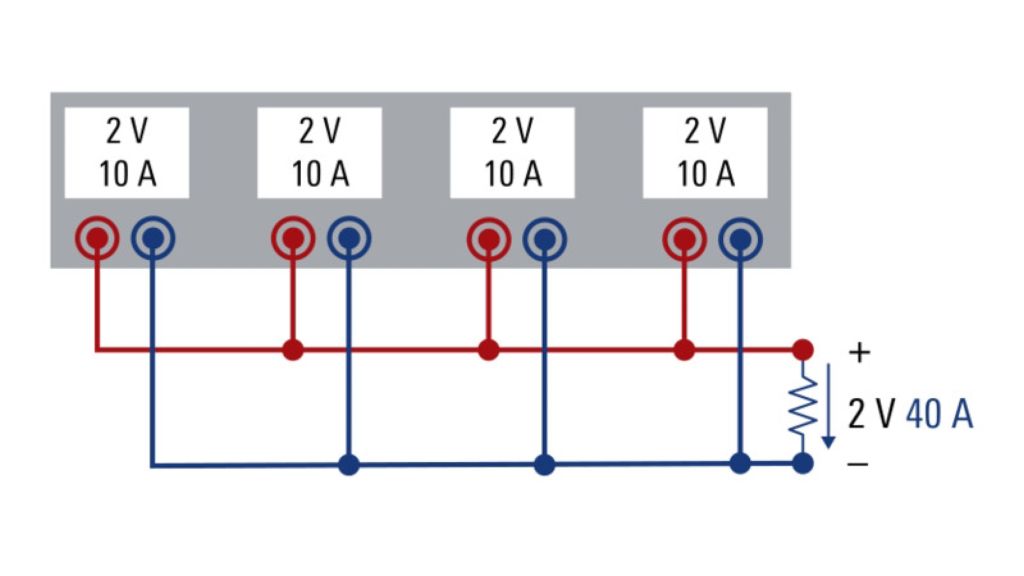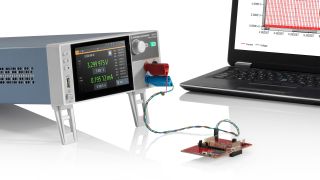R&S®Essentials | Power supplies fundamentals
Power supply in series vs. parallel
Authors: Elizabeth McKenna, R&S®ESSENTIALS Product Manager and Paul Denisowski, Test & Measurement Expert
Many DC benchtop power supplies offer multiple channels that can operate independently or be combined to enhance performance. You can achieve higher output or voltage by configuring these channels in series or parallel.
Why combine power supply channels?
When working with power supplies, you may encounter setups requiring higher output than a single channel can provide. By connecting power supply channels in series or parallel, you can boost voltage or current to meet specific testing demands without additional equipment.
Connecting in series vs. parallel
There are two ways power supply channels can be combined:
- Connecting the channels in series increases output voltage.
- Connected the series in parallel increases output current.
These connections are typically made externally, but some power supply models, such as the R&S®NGA100, support serial channel fusion, which connects channels internally for a streamlined setup.
The only requirement for connecting channels is that the channels must be floating and galvanically isolated:
- Floating: channels are not connected to the common instrument ground
- Isolated: channels are independent of each other with no current flow between them
















